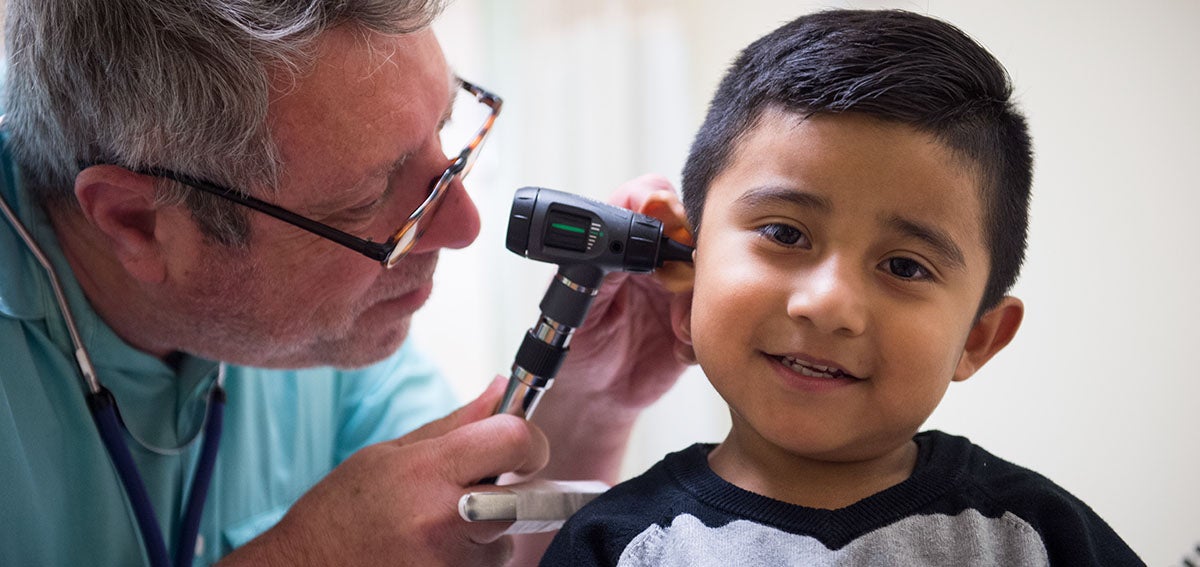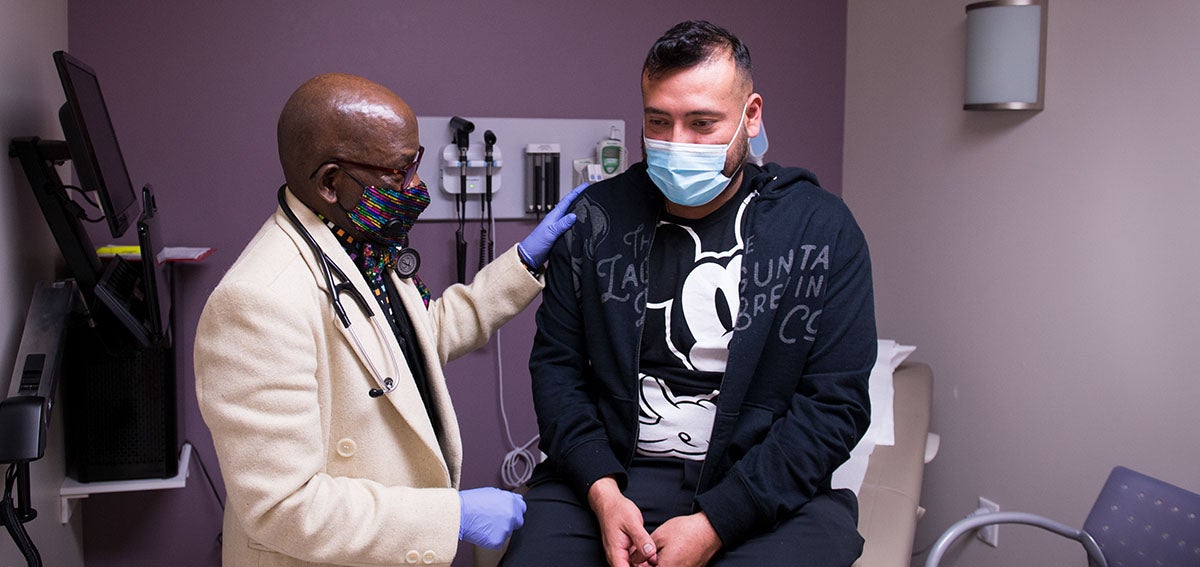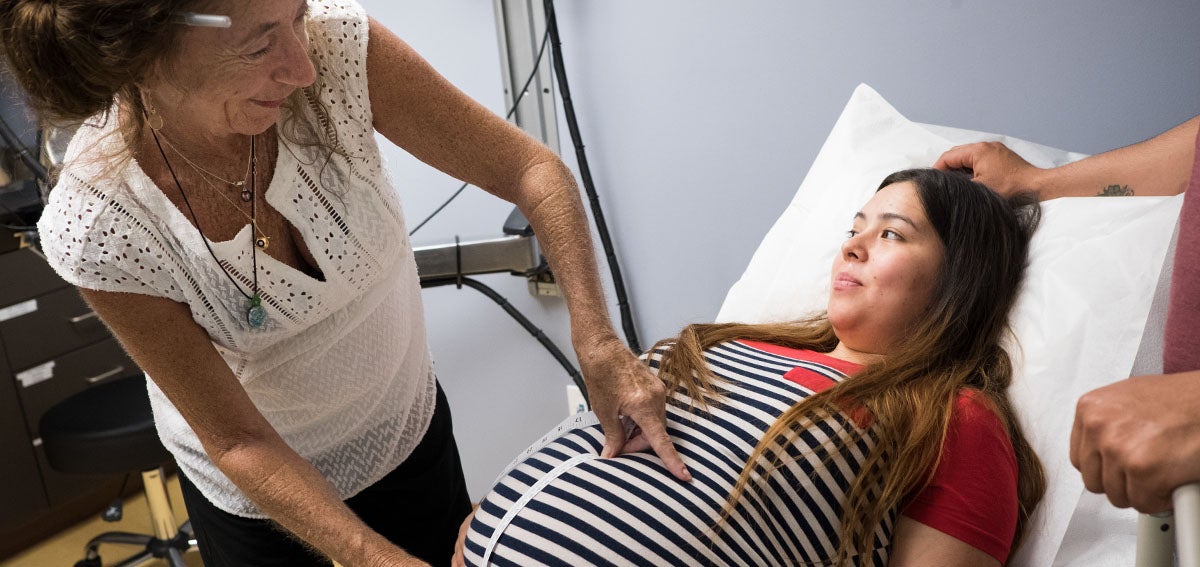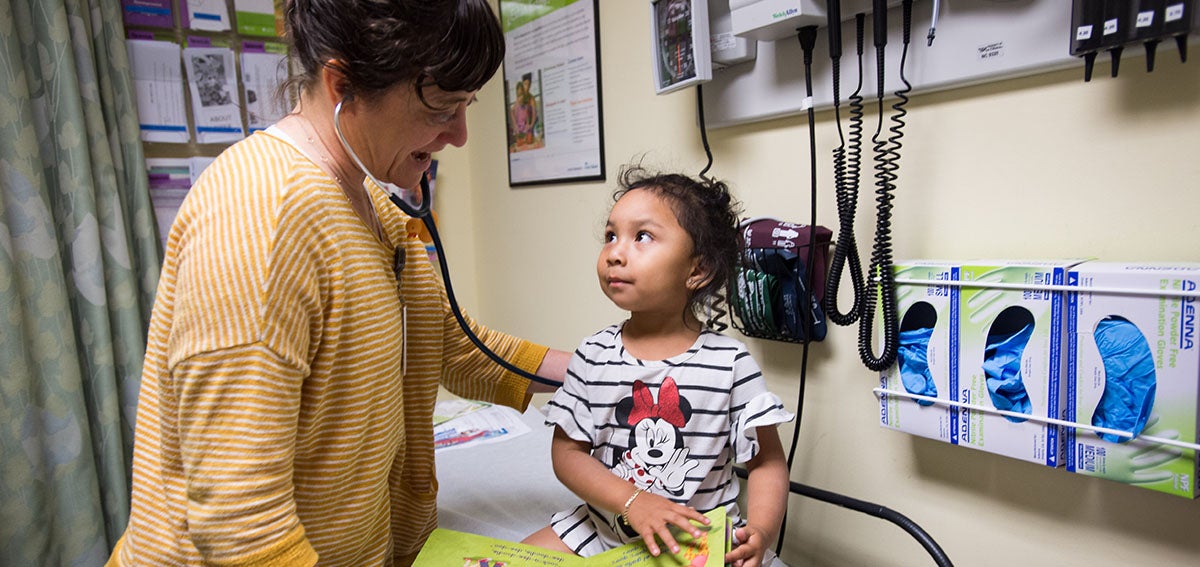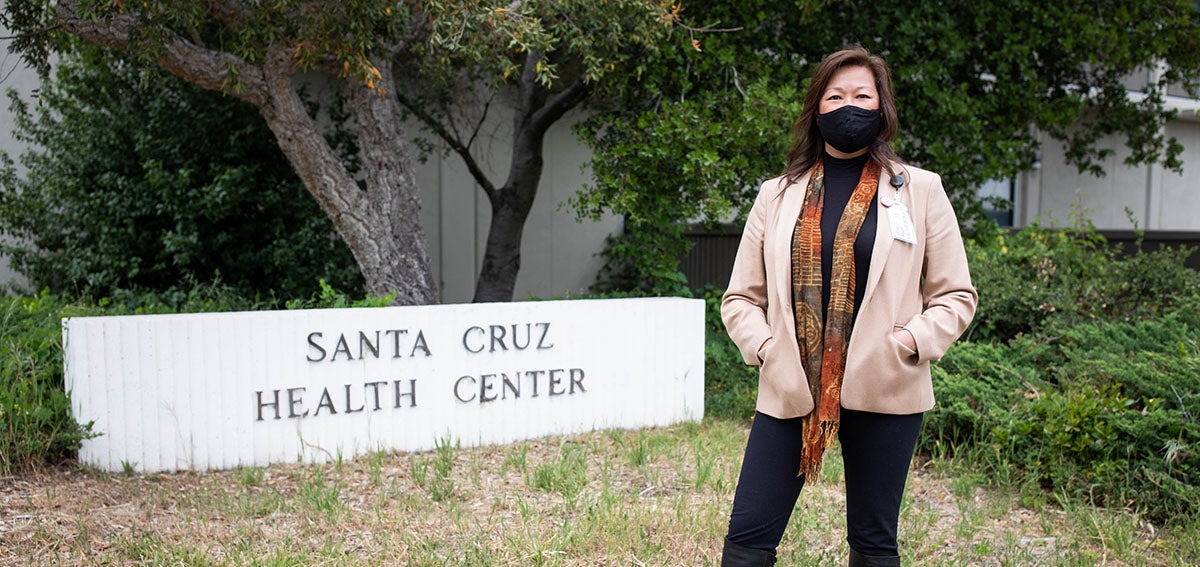
Gail Newel, MD, MPH, moved to Santa Cruz, California, to become the county health officer in 2019. Mimi Hall, MPH, has been the Santa Cruz County’s health services director since 2018. Each saw Santa Cruz as a refuge from the politically conservative counties where they’d previously worked, they told reporter Anna Maria Barry-Jester of California Healthline.

Newel, who spent 30 years as an obstetrician in her hometown of Fresno, often felt uncomfortable as part of a same-sex couple. Hall, born in Myanmar, worked in public health in Sierra Nevada towns and rural Plumas County. In Plumas, her children faced racist taunts, and her public health efforts met resistance from elected officials, she told Barry-Jester.
Both women discovered that Santa Cruz County, like much of California, is a far more complicated place than its reputation as a hippie-fueled quasi commune suggests. A study in political contrasts, the county is home to billionaires, farmworkers, and right-wing survivalists, as well as the progressives, hippies, students, and surfers more in line with expectations of Santa Cruz.
When the COVID-19 pandemic erupted, and Newel and Hall imposed public health orders to save lives, the reactionary undercurrents of the county exploded.
Public health officials across the country, including Newel and Hall, have “become targets for the same loose-knit militia and white nationalist groups that stormed the US Capitol in January, smashing windows, bloodying officers and savagely chanting, ‘Hang Mike Pence,’” Barry-Jester wrote.
Newel and Hall were two health officials who spoke to Barry-Jester for her yearlong reporting project, which aired last week on This American Life, a weekly public radio show, and appeared as an article in the Los Angeles Times. They are among the many “public servants who no longer feel safe in public” across the country, Barry-Jester reports.
Anger, Fear Find a Target in Public Health
Like so many others in their field, Newel and Hall have faced an exhausting pandemic workload. They’ve endured emotional exhaustion as well as safety measures necessitated by threatening letters. “Their daily routines now incorporate security patrols, surveillance cameras and, in some cases, personal firearms,” Barry-Jester wrote.
“We’ve become easy scapegoats for people’s fear and anxiety during COVID-19,” Newel told reporter Angela Hart of California Healthline.
On This American Life Barry-Jester explained that Newel is “sort of like the Fauci of Santa Cruz, but with more power. She writes the orders requiring masks, closing bars and restaurants. She’s the public face of the COVID response. . . . Gail is what you want in a health officer — no-nonsense, uncompromising. In meetings with elected officials, she’s known for shutting them down if they ask her to do something she doesn’t think is right.”
Hall’s approach worked. “When the pandemic hit last spring, Santa Cruz County was a total success story,” Barry-Jester said. “Gail ordered one of the country’s first stay-at-home orders on March 16, [2020,] when the federal government was still telling us not to wear masks, and President Trump was suggesting COVID would just disappear with warmer weather.” Santa Cruz County saw a handful of cases each week last spring, with two deaths in a county of about 275,000.
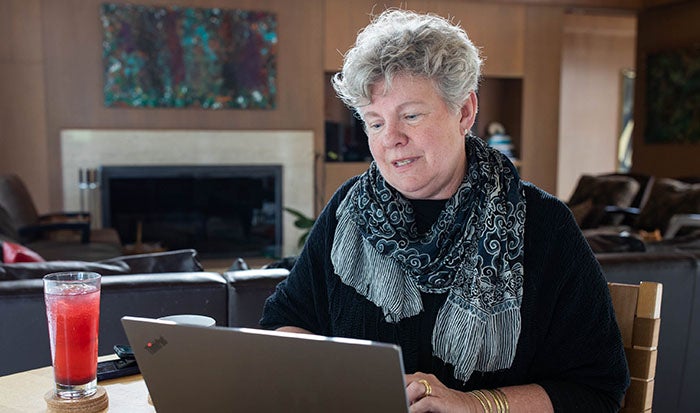
But some “didn’t see that as evidence of a job well done,” Barry-Jester said. One man yelled at a public meeting: “You are shutting down Santa Cruz because of two deaths. I don’t care about how many tests there are. People are wandering around not dying. This is fraud, economic terrorism.” Others broke down the gates to her residential community and encircled her house, shouting, “Gail, go to jail.” There were hateful letters laced with misogynistic threats.
Both women were afraid for themselves and their families.
Protests and Insults
The harassment and threats weren’t limited to Santa Cruz, or California. Public health officials have broad authority to issue orders during a public health emergency like the pandemic. Closures and mask mandates made them a target for the anger and fear that went hand-in-hand with the pandemic.
Orange County’s chief health officer, Nichole Quick, resigned amid threats after instituting a mask mandate last June. She was “the third high-ranking health care executive to leave the county in the midst of the pandemic,” reported Hannah Fry and Luke Money in the Los Angeles Times last June.
Santa Clara County Public Health Officer Sara Cody faced threatening letters. “You are f— so many for no reason . . . you will pay a heavy price for your stupidity b—,” one person wrote. Another told Cody, “You must go no matter how you go . . . you stupid f— b—,” Barry-Jester reported on This American Life.
Antimask demonstrators protested outside the home of Spokane, Washington, health officer Bob Lutz, MD, after he issued a mask order. Soon after, county supervisors fired Lutz, reported Anna King for NPR’s All Things Considered.
The loss of top health officers across the country is “steady and alarming,” Lori Freeman told King. Freeman, CEO of the National Association of County and City Health Officials, said that so many public health officers are leaving, she started a spreadsheet to keep track of the attrition.
“At least 181 state and local public health leaders in 38 states have resigned, retired, or been fired since April 1,” according to the Associated Press and KHN. It’s the largest exodus of leaders in the history of public health. No one has tracked how many lower-level public health workers have left their jobs since the pandemic started. Before the crisis, departments of public health were chronically underfunded and understaffed.
“This has been a major, unprecedented loss in public health leadership across the nation,” Richard Besser, CEO of the Robert Wood Johnson Foundation and former acting director of the US Centers for Disease Control and Prevention (CDC), told ABC News.
Diminishing Powers
The threats and political scapegoating have been difficult, Freeman told King, but public health officers have also had to contend with new limits on what they can enforce. “Their roles have been diminished,” Freeman said, “their authorities have been in some cases taken away.”
The anger is no longer confined to the nation’s political fringes. “In the courts, public health powers are being undermined. Lawmakers in at least 24 states have crafted legislation to weaken public health powers, which could make it more difficult for communities to respond to future health emergencies, according to a Kaiser Health News / Associated Press report from Anna Maria Barry-Jester, Hannah Recht, Michelle R. Smith, and Lauren Weber in December 2020.
Uncompromising as she has been, even Newel found herself walking back one of her orders to close Santa Cruz’s beaches after it was so widely ignored, she felt it risked the safety of the police officers enforcing it.
At a press conference, Newel accepted defeat. “Effective today at midnight,” she said, “the beach closure will end. It’s become impossible for law enforcement to continue to enforce that closure. People are not willing to be governed anymore, in that regard.”
Rescuers on the Way
While the harassment of public health officials may continue in the current polarized environment, some support may come in the form of funds from the American Rescue Plan Act. There is hope among public health experts that the nation’s public health workforce and infrastructure will be strengthened by the plan. “The American Rescue Plan represents the most significant investment in public health in a generation,” Michelle A. Williams, dean of the Harvard T.H. Chan School of Public Health, wrote in an op-ed for The Hill.
The plan allotted $7.66 billion to expand and sustain a public health workforce, noted Beth Resnick, assistant dean at the Johns Hopkins Bloomberg School of Public Health. Resnick spoke as part of a panel discussion, “What the American Rescue Plan Means for Public Health,” hosted by the school.
“It’s really important to think about that core governmental public health workforce,” said panelist Chrissie Juliano, executive director of the Big Cities Health Coalition, a group of public health leaders from the nation’s most populous cities. “We also again need to make sure that we’re funding governmental public health at levels that are sufficient.”
While the money for public health in the rescue plan represents a significant investment, it is up to state health leaders and federal officials at the CDC and the Department of Health and Human Services to decide exactly how the money will be spent. That process is just beginning.
In the meantime, Newel and Hall have stayed in their jobs. Newel credits her stubbornness for her decision, Barry-Jester reports. Hall decided that quitting wouldn’t make her life easier and credits her immigrant parents with the ethos that’s pulled her through the ordeal. “It’s not the idea that everything will turn out fine,” she said. “It is that no matter what, you can survive this.”
Authors & Contributors

Heather Tirado Gilligan
Heather Tirado Gilligan is a journalist who has written for publications including Slate, The Nation, CNN, and the Washington Post. Previously, she was executive editor of the California Health Report, a news nonprofit covering disparities in health and access to health care. Heather received a master’s degree in journalism from UC Berkeley and a PhD in English from Rutgers University, where she studied race in American culture.


